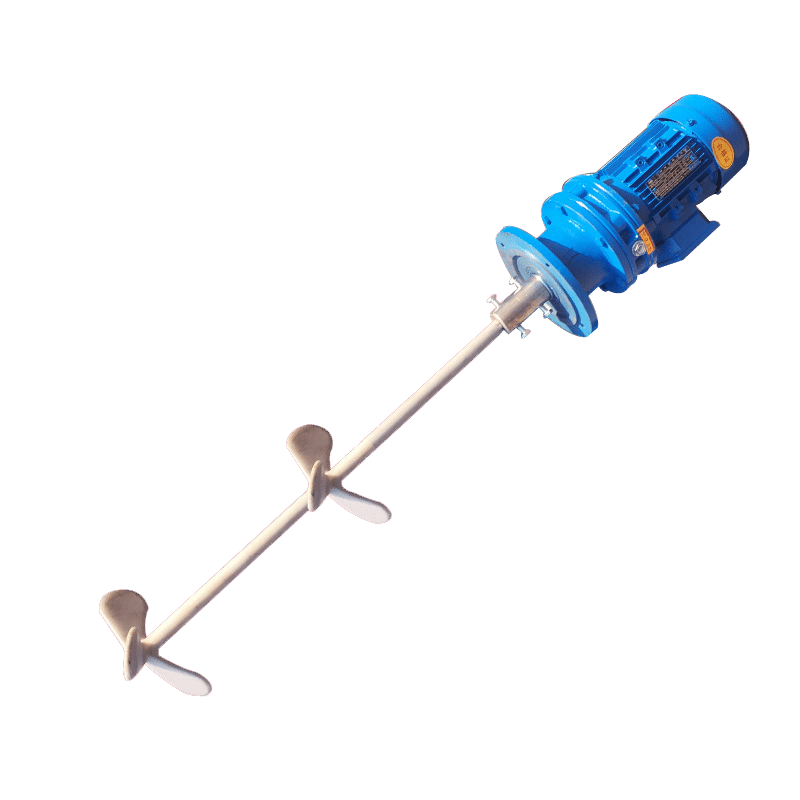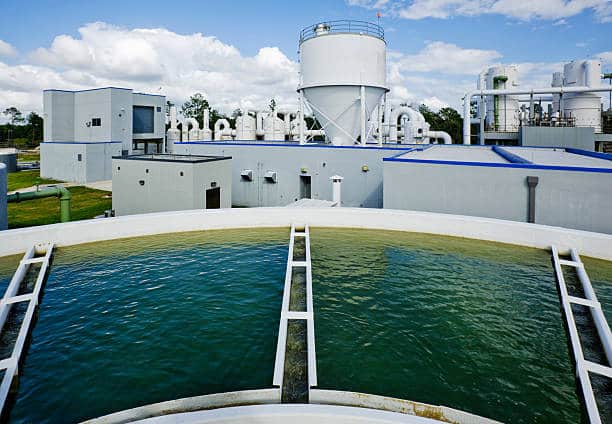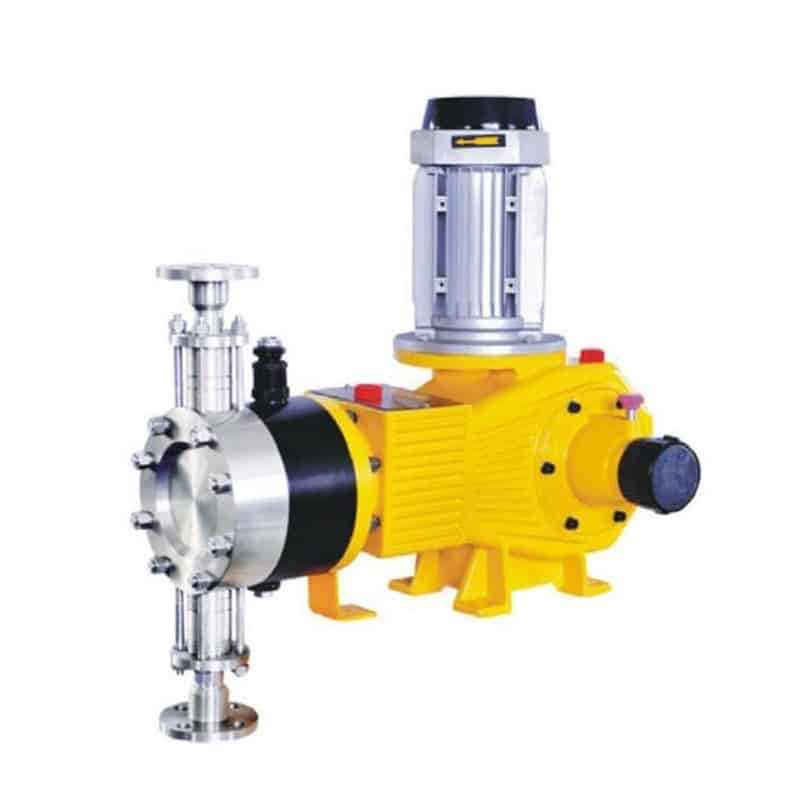Chlorinated Water in Wastewater Treatment

Chlorinated Water (CW) is the process of adding chlorine (Cl2) or chloride (e.g., sodium hypochlorite, chloramines, etc.) to disinfect and purify water during drinking water or wastewater treatment. Chlorinated water is primarily used to kill microbial contaminants in water, including bacteria, viruses, and other pathogens, to ensure safe and sanitary water quality.
Critical uses of chlorinated water in wastewater treatment
- Wastewater disinfection: Wastewater usually contains a large number of microorganisms, including bacteria, viruses and parasites. These microorganisms may pose a threat to the environment and public health. Chlorinated water is an effective disinfectant used in wastewater treatment to kill or inactivate these microorganisms. With proper chlorine disinfection, wastewater can be made safer from spreading waterborne diseases.
- Removal of Ammonia Nitrogen: Chlorinated water can be used to remove ammonia nitrogen from wastewater. Ammonia nitrogen is commonly found in industrial wastewater and sewage, and it is a pollutant that is harmful to the environment. Chlorine can react with ammonia nitrogen and convert it into nitrogen or nitrogen compounds.
- Elimination of odors and organic substances: Organic substances and sulfur compounds in wastewater may cause unpleasant odors. Chlorinated water can be used to remove these odors by reducing the bad taste of wastewater through oxidation or chemical neutralization. In addition, chlorinated water can be used to oxidize and remove organic substances from wastewater, thereby improving the quality of the wastewater and bringing it into compliance with environmental discharge standards.
- Sanitation wastewater treatment: In sanitation facilities (e.g., hospitals and laboratories), chlorinated water is commonly used to disinfect and treat wastewater that may contain pathogens to ensure that it is safe for discharge or further treatment.

Chlorination in wastewater treatment
The chlorination process in wastewater treatment is a method used to treat wastewater with the primary purpose of disinfecting the wastewater to kill or inactivate microorganisms in the water and to remove harmful substances. The following are typical steps of the chlorination process in wastewater treatment:
- Sampling and analysis: Prior to the start of the chlorination process, wastewater samples need to be sampled and analyzed to determine the characteristics of the wastewater and the level of contamination. This helps to determine the required chlorine dose.
- Chlorine supply: Chlorine can be supplied in a gaseous (chlorine gas) or liquid (e.g., sodium hypochlorite) form during the wastewater treatment process. This usually involves facilities that store chlorine gas or liquid chlorine compounds.
- Mixing and reacting: Chlorine is added to wastewater, usually by spraying or mixing(Tank Agitator Mixer). Chlorine reacts with organic and inorganic substances in the wastewater to kill microorganisms and oxidize contaminants.

- Reaction time: Chlorine takes time to react with contaminants in wastewater. The reaction time usually ranges from a few minutes to several tens of minutes, depending on the characteristics of the wastewater and the concentration of chlorine.
- Disinfectant residual: To ensure a long-lasting disinfection effect, a certain concentration of chlorine disinfectant needs to be maintained in the wastewater. This helps to maintain the disinfection effect before the wastewater is further treated or released into the environment.
- Water quality monitoring: Water quality monitoring equipment is used to continuously monitor chlorine residuals and other parameters in wastewater to ensure water quality.
- Dosage adjustment: Based on monitoring results, chlorine dosage can be adjusted as necessary to ensure adequate disinfection.
- Disinfection by-product control: Measures are taken to reduce or control harmful disinfection by-products, such as trihalomethanes (THMs), produced during the chlorination process.
- Water quality adjustments: After chlorination, water quality adjustments may be required to adjust the pH and other chemical characteristics of the wastewater to meet environmental discharge standards.

In the chlorine supply, how is it transported, stored?
Conveyance
A metering pump is a device used to accurately control the flow of liquids and is often used to add chemicals or liquids to a water treatment process. In water treatment applications, metering pumps are often used to add chlorinating agents such as sodium hypochlorite or chlorine hypochlorite for water disinfection.
The following are general steps for delivering chlorinated water using a metering pump:
- Selection of appropriate metering pumps: Select metering pumps suitable for transferring chlorinated water. These pumps usually need to have chemical resistance to suit the corrosive nature of chlorinated water. The HY-ZR Hydraulic Dosing Pump is a great choice for always delivering accurate dosing.

- Install the metering pump: Install the metering pump and connect it to the delivery piping system. Ensure that the pump installation location and piping connections are secure and comply with relevant safety standards.
- Setting the flow rate and dose: Set the metering pump to achieve the desired flow rate and dose as required. This may involve adjusting the pump speed or volume to ensure the correct dose of chlorinated water.
- Monitoring and control: Use water quality monitoring equipment to continuously monitor the concentration of chlorinated water in the water. This helps to ensure that the dose of chlorinated water being added is within the required range.
- Safety measures: When using a metering pump to deliver chlorinated water, safety procedures must be followed, including wearing protective equipment, ensuring ventilation, and using chemical storage and handling facilities.
Storage
- Storage containers: Chlorinated water is usually stored in specially designed containers such as plastic drums, steel storage tanks or HDPE (High Density Polyethylene) storage drums. These containers must be corrosion resistant to prevent chlorinated water from attacking the container material. The containers must comply with the relevant safety standards.
- Storage temperature: The storage temperature of chlorinated water is one of the key factors. Normally, chlorinated water should be stored at relatively low temperatures, usually between 10°C and 30°C, to minimize chlorine vaporization and evaporation. Excessively high temperatures may result in the release of chlorine gas.
- Ventilation and safety: Storage areas for chlorinated water must be well ventilated to exclude gas leakage and to ensure fresh air circulation. The storage area should be labeled according to relevant regulations and safety standards and have emergency equipment such as emergency eyewash and emergency gas leakage handling equipment.
- Separate storage: Chlorinated water should be stored separately from other chemicals or substances to avoid unnecessary chemical reactions or cross-contamination.
- Marking and labeling: Containers of chlorinated water must be properly marked and labeled to indicate their contents and hazards. This assists staff in the proper handling and identification of storage containers.
- Periodic inspection and maintenance: Containers storing chlorinated water require periodic inspection and maintenance to ensure that the container itself is not damaged or corroded. Regular inspections also help to identify potential leaks or safety problems at an early stage.
- Safety training: All staff handling and maintaining chlorinated water storage areas must receive appropriate safety training on how to handle chlorinated water safely, respond to emergencies, and use the necessary personal protective equipment.
Is chlorinated water safe to drink?
Chlorinated water is usually not suitable for direct consumption because it contains chlorine, which can be harmful to human health. Chlorine is a common chemical used to disinfect drinking water and wastewater by killing or inactivating microorganisms in the water, such as bacteria and viruses. However, high concentrations of chlorine can be harmful to humans, so drinking chlorinated water is not a safe practice.
Drinking highly chlorinated water may lead to the following health problems:
- Gastrointestinal complaints: Drinking chlorinated water may cause gastrointestinal complaints such as nausea, vomiting and diarrhea.
- Respiration problems: Inhalation of gaseous chlorine may also cause respiratory distress, throat irritation and coughing.
- Skin and eye irritation: Direct contact with high concentrations of chlorinated water may cause skin and eye irritation.
Therefore, drinking chlorinated water is not a safe practice and does not meet drinking water quality standards. Drinking water usually requires proper treatment and disinfection to ensure a safe drinking water supply. Under normal circumstances, the concentration of chlorine in drinking water should comply with the relevant health standards so that microorganisms in the water can be eliminated while ensuring water safety.
Summary
Chlorinated water plays a key role in wastewater treatment, from microbial control to pollutant removal. It helps ensure that wastewater is safely discharged into the environment while reducing potential threats to public health and ecosystems. However, chlorinated water must be used with care, always following safety standards and regulations to ensure its effective and safe application in wastewater treatment. This is essential to maintain environmental protection and public health.
HAOSH specializes in the development of dosing metering pumps and systems, providing not only dosing metering pumps but also pump accessories, mixer agitator and dosing systems. Feel free to contact us.
